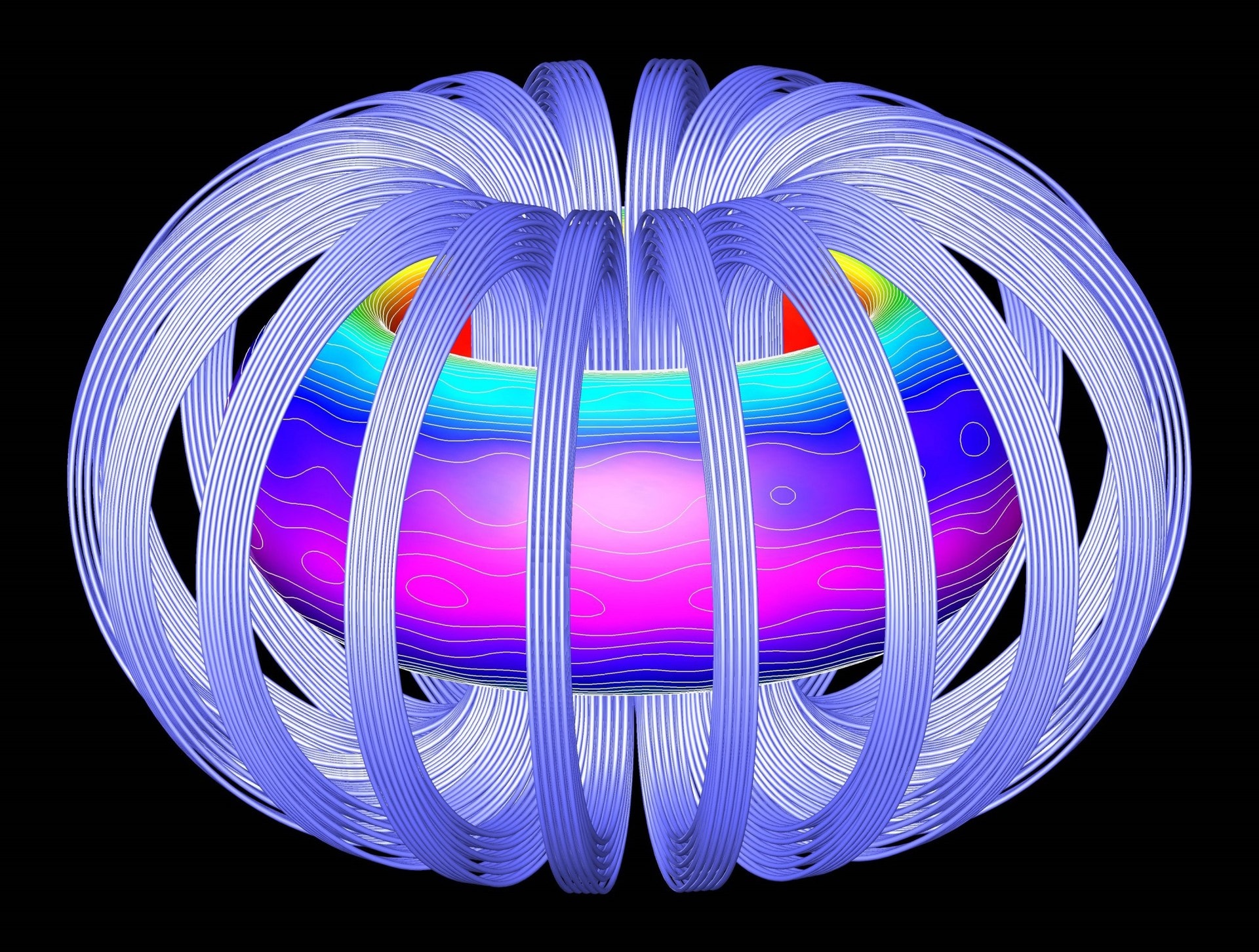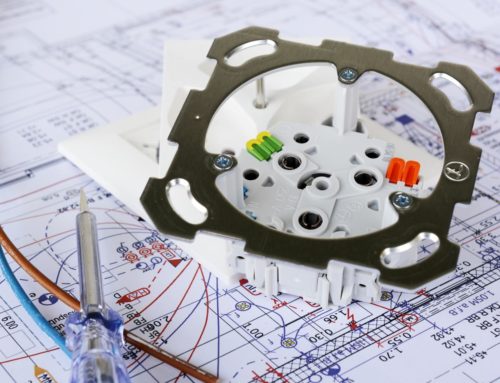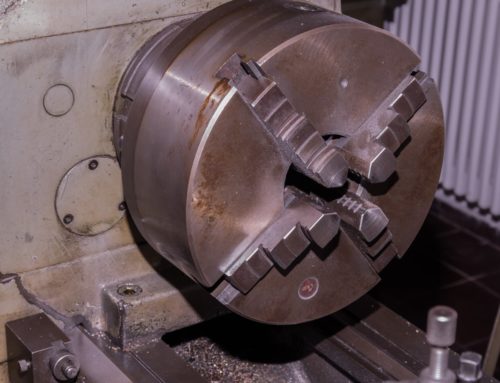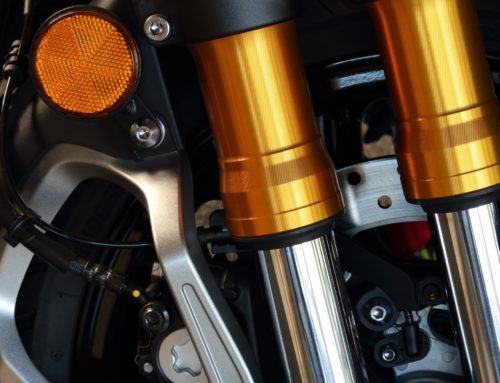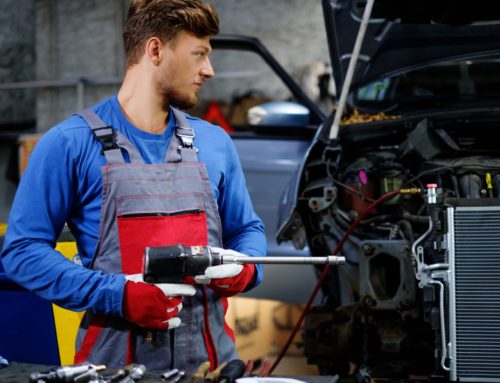Stop right there! Or better yet, gradually stop from here to there. The choice is yours with electronic braking!
There are quite a few AC motor braking methods each with its own approach to braking. Did you know that AC motor braking happens all without friction? Yes, it is an electric current that is responsible for slowing the motor down to a standstill. So take a load off while you take a look at our quick guide to some of the different AC motor braking methods.
Ramp Stop Braking Method
Ramp stop braking method is a method of electric motor braking which applies a level of voltage that reduces as the motor decelerates. So, this is a frictionless braking method that involves no brake pads of any sort. In other words, there is nothing stationary making contact with a moving part in order to slow the motor.
The ramp stop braking method happens solely by electric current. When the motor initiates a stop, the voltage on the motor stator reduces motor speed. As the motor slows down, the level of voltage will be reduced so that a steady deceleration is achieved.
Coast Stop
When using a coast stop breaking method, the motor drive cuts voltage to the motor which then allows the motor to coast to a stop. The natural laws of physics are at work here, and the rate at which the motor slows depends on the load it is trying to stop. With this method of braking, there is no control over stopping the motor.
DC Injection Braking Method
The DC injection braking method applies a DC current to the AC energized stator coils. This, in turn, causes the currents to be induced in the rotor bars, which creates a braking force in the rotor.
DC injection braking provides a fast stop and can hold the motor through an applied braking force after the motor has stopped. With DC injection braking, the energy output is heat, so the braking time is usually short and quick, say no more than 2 seconds.
If the time parameter for stopping was longer than that it would cause the coils to overheat.
AC Regenerative Braking
AC motor regenerative braking stops the motor in a way where the peak braking force degenerates exponentially with velocity.
When the braking command is signaled, the torque on the motor will reverse. This effect is created by changing the speed at which the flux wave travels over the stator. When this happens, the flux wave rotates slower than the rotor, causing the motor to slow down.
A Quick Look at AC Motor Braking Methods
There are quite a few different AC motor braking methods, and each has its ideal application. Some applications require a quick stop while others may need a slow and gentle deceleration. All of that is possible with AC brakes, and all without friction!
Call us today if you need a hand determining which AC braking method is right for you.

